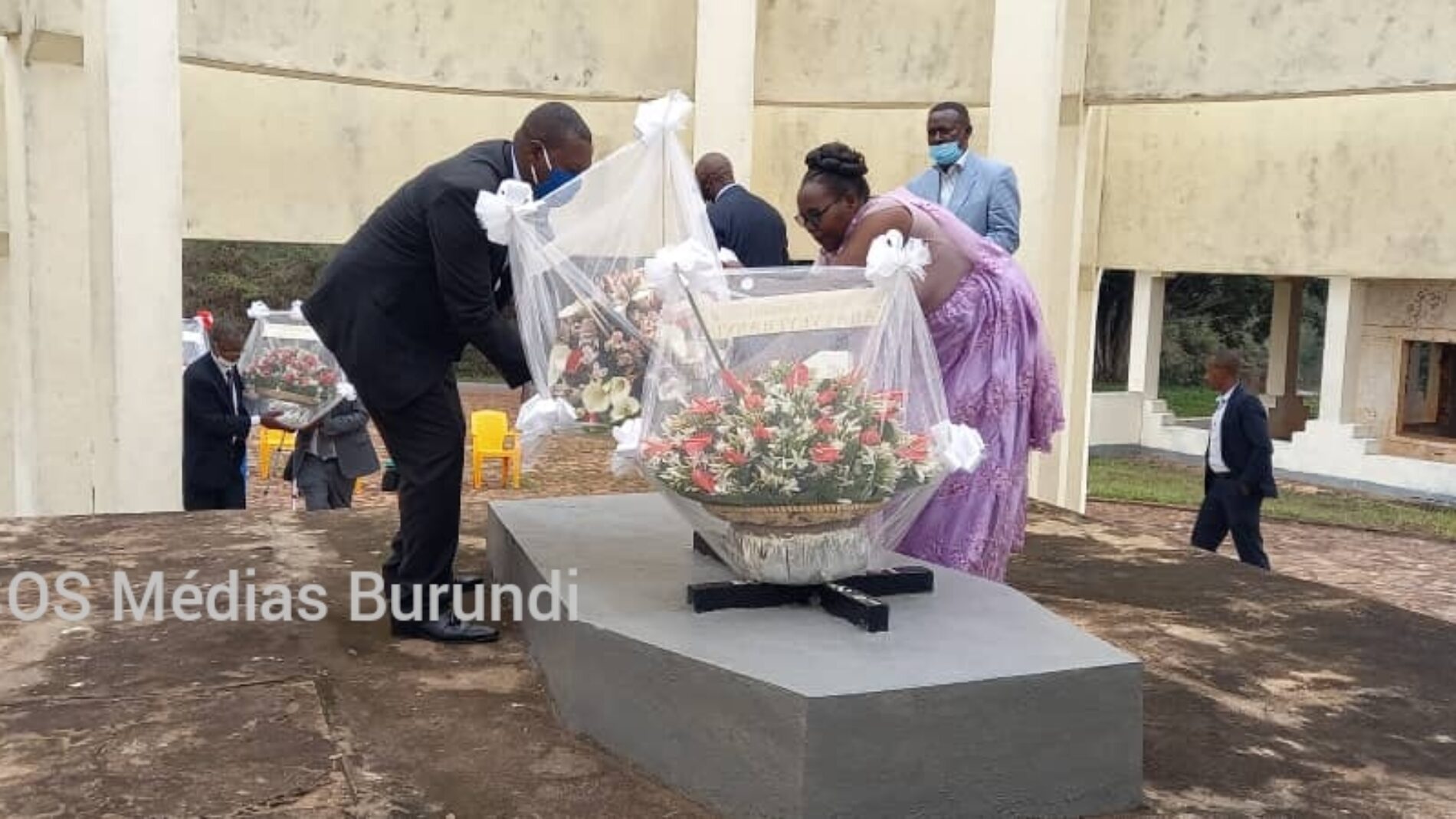Burundi : authorities prevent for the third consecutive year AC-GENOCIDE Cirimoso from commemorating the Kibimba massacres
The association AC-GENOCIDE Cirimoso has not been authorized to go to the monument of more than 150 Tutsi pupils killed on October 21, 1993 following the assassination of the first democratically elected Hutu president Melchior Ndadaye. The minister in charge of internal affairs explained to the representatives of the association that “Ndadaye is a national hero and that everyone must go to his grave to pray there. For the association, this is a violation of rights and an attack against “the memory of the genocide of Tutsi victims”. INFO SOS Médias Burundi
It was on Wednesday that the minister in charge of internal affairs communicated the decision to those concerned. Martin Niteretse summoned them to his office in the commercial city of Bujumbura to give them reasons for his refusal.
“October 21 is a day when we commemorate the assassination of President Melchior Ndadaye. He is a national hero and everyone must go to his grave”, he tried to convince.
This is the third consecutive year when Burundian authorities have prevented representatives of the association AC-GENOCIDE Cirimoso from commemorating the Kibimba massacres, massacres which took the lives of more than 150 Tutsi pupils on October 21, 1993.
“This is a decision that does not promote reconciliation. The minister has just once again pierced our hearts with a sword. Ndadaye was killed by state officials just like these children. People must have the right to commemorate the death of their own”, reacted Térence Mushano, vice-president of AC-GENOCIDE Cirimoso.
And for Emmanuel Nkurunziza, secretary of the AC-GENOCIDE Canada association, it is “an attack on the memory of the genocide of Tutsi victims”.
Since 2020, associations and parents of pupils are not allowed to meet in front of theirs the way they wish.
Over the past two years, Burundian authorities have, among other things, mentioned health and security reasons linked to Covid-19 at this place, which is in the native village of President Évariste Ndayishimiye, who has a house there.
As a reminder, more than 150 Tutsi pupils from the Kibimba high school, in the district of Giheta in the province of Gitega (central Burundi) had been gathered in a service station in Kwibubu on October 21, 1993 before suffering an atrocious death. Some were burned alive, others beheaded. This happened following the assassination of the first democratically elected Hutu president Melchior Ndadaye.
Burundi has the same ethnic makeup as Rwanda, its northern neighbor where the 1994 genocide against the Tutsi was recognized by the UN.
In Burundi, the Hutus and the Tutsis are struggling to agree on the qualification of the crimes that have taken lives of their relatives. Tutsis want the 1993 massacres that followed the assassination of President Melchior Ndadaye to be considered “genocide” at a time when Hutus, including a former president and local associations as well as political parties including the Frodebu of Ndadaye militate relentlessly to qualify themselves the killings of 1972 – having carried off more Hutus than Tutsis, of “genocide against the Hutus”.
Last May, President Neva refused to endorse a decision by the National Assembly recognizing the 1972 massacres as “genocide against the Hutus in Burundi”, an adoption based on a report by the highly controversial truth and reconciliation commission CVR .

